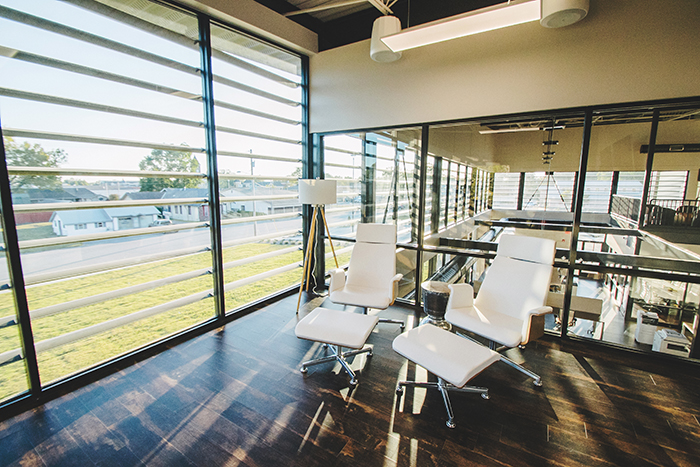Sustainability Standards Create Opportunities
Sustainability standards create opportunities beyond glass for the glazing industry

Like safety, sustainability has evolved to become an expected part of the conversation for commercial glazing projects. In most cases, architects drive the discussion as to which standards and what stringency of criteria.
Driving decisions
Building owners turn to architects for direction on which green building standards should be prioritized:
-
Compliance with local codes and ordinances typically is a first consideration.
-
Opportunities for tax incentives and rebates usually are the next priority.
-
Taking a step further, a choice of established voluntary programs may be discussed, including LEED rating systems, Living Building Challenge (LBC) or the WELL Building Standard.
Proprietary sustainability standards also may be considered, such as:
-
The U.S. General Services Administration’s Facilities Standards for the Public Buildings Service (P100) with updated sustainable performance requirements.
-
The Facility Guidelines Institutes’ FGI Guidelines for Design and Construction of Hospitals and other health care facilities also notes sustainability requirements.
-
Gensler, a global architectural firm, has developed the Gensler Product Sustainability (GPS) Standards for its projects.
When standards are updated, glazing contractors and manufacturers often may offer comments and supporting documentation. The National Glass Association and other industry associations advocate for their members. Glass Magazine regularly reports on their relevance to glass products and building envelopes.
Anodized aluminum opportunities
Architectural aluminum products and interior framing systems also are addressed in sustainable standards. This presents the glazing industry with additional opportunities to contribute. For instance, the GPS Standards team specifically mentioned opportunities for anodized, recycled aluminum on interior framing systems:
“Fewer than anticipated manufacturers of demountable glass partitions could meet our requirements for 50% recycled aluminum content. One said the functional quality of their aluminum was impacted. Another reported that the aesthetic qualities were impacted because that level of recycled aluminum created a mottled look that was visible through the transparent anodized coating. Yet others had no trouble meeting the requirement at all.”
When a framing system has specific sustainability requirements, it's important to involve the manufacturer and finishing service provider early in a project’s design. Meeting 50% recycled aluminum content is attainable without impacting framing functionality. Using an eco-friendly acid-etch process helps conceal small defects and irregularities of secondary billet to achieve a smooth, uniform finish with a frosty, matte appearance.
Beyond satisfying the GPS Standard, anodized aluminum framing can offer sustainable advantages for projects pursuing almost any green guideline, including LEED v4.1 (v5 coming in 2025) and WELL Building v2. Anodized aluminum is an inert material that is non-combustible, is 100% recyclable and poses no health risks.
Anodized finishes also provide an extremely durable, hard surface that is colorfast and mar resistant. The LBC Declare database lists anodized architectural aluminum products and framing systems with a lifespan of up to 40 years or longer, further contributing to the project’s longevity. At the end of its long life on the building, the anodized aluminum can be 100% locally recycled.
Whether requested by the building owner or driven by the architectural team, the glazing industry brings numerous solutions for sustainable building designs.




